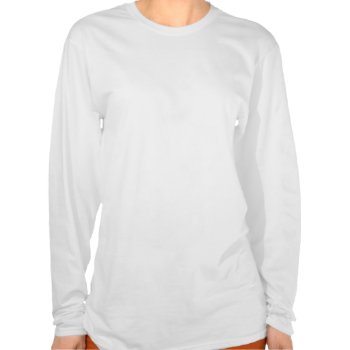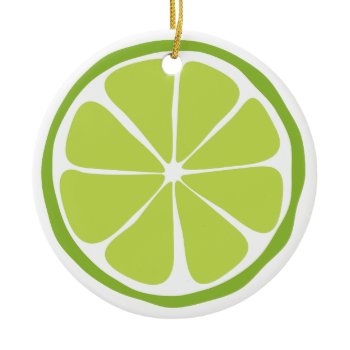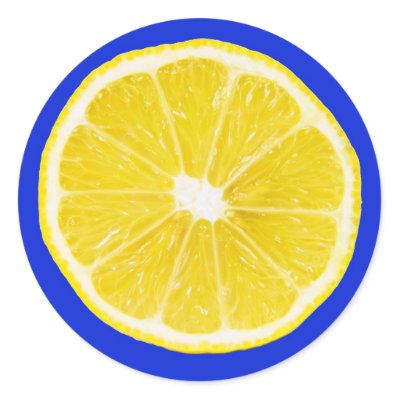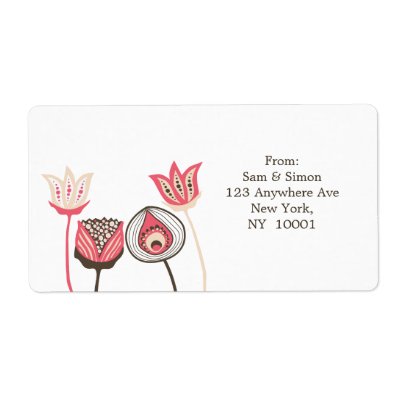Clementine orange
Tag Archives: citrus
Keen's Pride Frostproof Florida Label Tee Shirt
Vintage fruit crate label from Frostproof, Florida featuring oranges, lemons, river, citrus grove and a packing house.
Continue reading
Summer Citrus Lime Ornament
You can't help but feel refreshed with our Summer Citrus line of products! Retro-inspired slices of orange, lime, lemon and grapefruit are a great way to brighten up your holiday decorations! Or use them as pulls for your blinds, curtains or ceiling fans! Your imagination is the only limit to their use. Collect all four designs! Round Style only.
Orlando skyline from Lake Lucerne Postcards
View of the Orlando, Florida skyline from across Lake Lucerne
Continue reading
lemon slice stickers
Moonbeam Citrus Crate Label Refrigerator Magnets
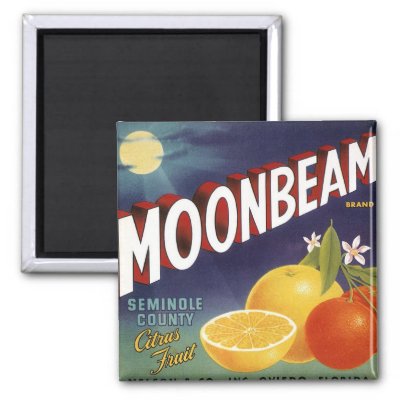
Display a piece of vintage art on a 2 inch square magnet. This magnet is adorned with the Moonbeam Brand citrus crate label. The illustration has a grapefruit and orange with leaves and orange blossoms. In the background is the moon with some clouds. The design has been enlarged to fill the entire print area to stylize the label design. If you wish to see the whole label, click "Customize It!" and use the controls to size the art to your liking. A little history of the Fruit Crate Label From around 1880 to 1940, the western United States experienced decades of intense competition among fruit growers to create the most colorful, artistic and eye catching paper crate labels used to identify their citrus fruit crates. German immigrants combined their printing and illustration skills to create fruit crate commercial art unsurpassed anywhere in the world. German Americans for decades had been using lithography to create labels for wine bottles. California orange growers and shippers adapted the wine label concept to a larger format and fruit crate labels were born. Originally, the process used to create the labels was and is known as stone lithography, where the illustration was etched directly on a piece of limestone; a process requiring great talent and skill. Fruit crate labels from the 1880's through the 1920's were mostly produced by this stone lithographic process. More modern printing techniques were used after this period until the 1940's and 1950's when wooden crates and labels were mostly replaced with preprinted cardboard boxes. Today, fruit crate labels are highly collectible and recognized as an outstanding example of commercial art and illustration from a bygone era.
Vintage Old Dominator Vegetables Crate Labels Print

A label is a piece of paper, polymer, cloth, metal, or other material affixed to a container or article, on which is printed a legend, information concerning the product, addresses, etc. A label may also be printed directly on the container or article. Labels have many uses: product identification, name tags, advertising, warnings, and other communication. Special types of labels called digital labels (printed through a digital printing) can also have special constructions such as RFID tags, security printing, and sandwich process labels. Lithography (from Greek ????? – lithos, "stone" + ???f? – graph?, "to write") is a method for printing using a stone (Lithographic Limestone) or a metal plate with a completely smooth surface. Lithography uses oil or fat and gum arabic to divide the smooth surface into hydrophobic regions which accept the ink, and hydrophilic regions which reject it and thus become the background. By contrast, in intaglio printing a plate is engraved, etched or stippled to make cavities to contain the printing ink, and in woodblock printing and letterpress ink is applied to the raised surfaces of letters or images. The proverb "An apple a day keeps the doctor away," addressing the health effects of the fruit, dates from 19th century Wales. A vegetable is an edible plant or part of a plant other than a sweet fruit or seed. The word is not scientific, however, but instead is largely based on culinary and cultural tradition. Thus the application of the word is somewhat arbitrary and subjective. For example, some people consider mushrooms to be vegetables while others consider them a separate food category. Some vegetables can be consumed raw, and some may (or must) be cooked in various ways, most often in non-sweet (savory or salty) dishes. However, some vegetables are often used in desserts and other sweet dishes, such as pumpkin pies and carrot cakes.


